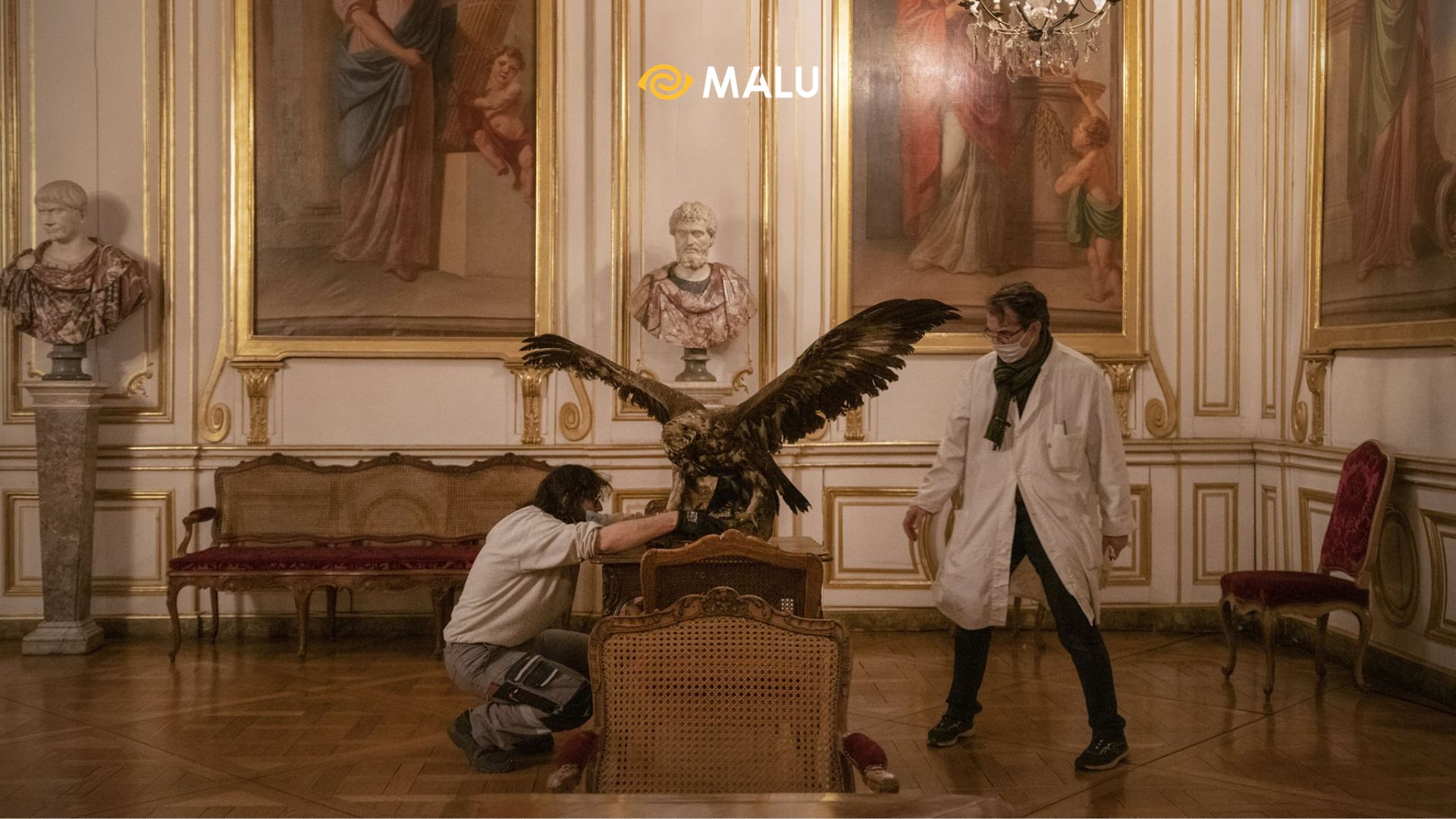Art Deco (Arts Décoratifs) is known as a “synthetic” art movement in the early twentieth century. With a mission to spread the modern spirit through simple shapes, Art Deco has succeeded in bringing a distinct identity full of charm.
What is Art Deco?
Art Deco is an eclectic school of art and decoration. This style affects all areas of design including architecture, interior design, fashion, .. and visual arts such as painting or cinema. The name Art Deco has had the opportunity to be widely known when it was honored to participate in the “International Exhibition of Decorative and Industrial Arts – Internationale des Arts Décoratifs et INDUSTRIELS modernes” held in Paris from April to October. 1925. The Art Deco style spread to the world in 1930 and is still loved today for its sheer aesthetic. Art Deco has no specific ideology or rules, although it always has a distinct style. Referring to Art Deco architecture, people immediately think of modern elegance.
Features of the Art Deco style
What resonates with the Art Deco style is its distinctive character. From form to color, materials used or decorations are selected in the most delicate way.
Form
Art Deco was formed during the 2nd industrial revolution, so the characteristics of Art Deco also reflect modernity and characteristics like objects created by machines. According to the art school, the Art Deco architectural style focuses on simple lines, geometric motifs, Chevron patterns, and symmetrical Mosaic motifs creating a strong and personal style.
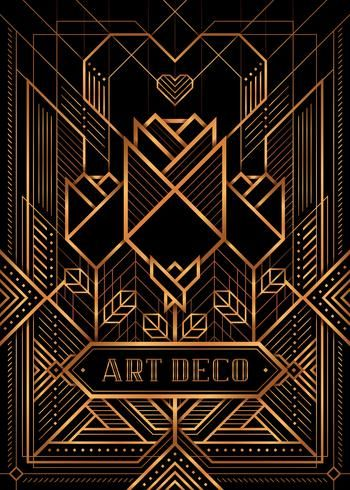
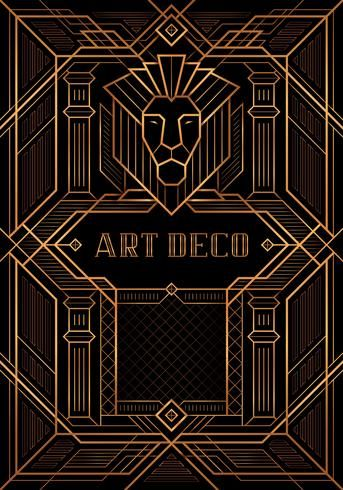
Color
Art Deco pays great attention to the color scheme of objects and the harmony in space. Art Deco style is often bold colors and high contrast. The most commonly encountered colors are red, bright yellow, blue, green, pink, silver …
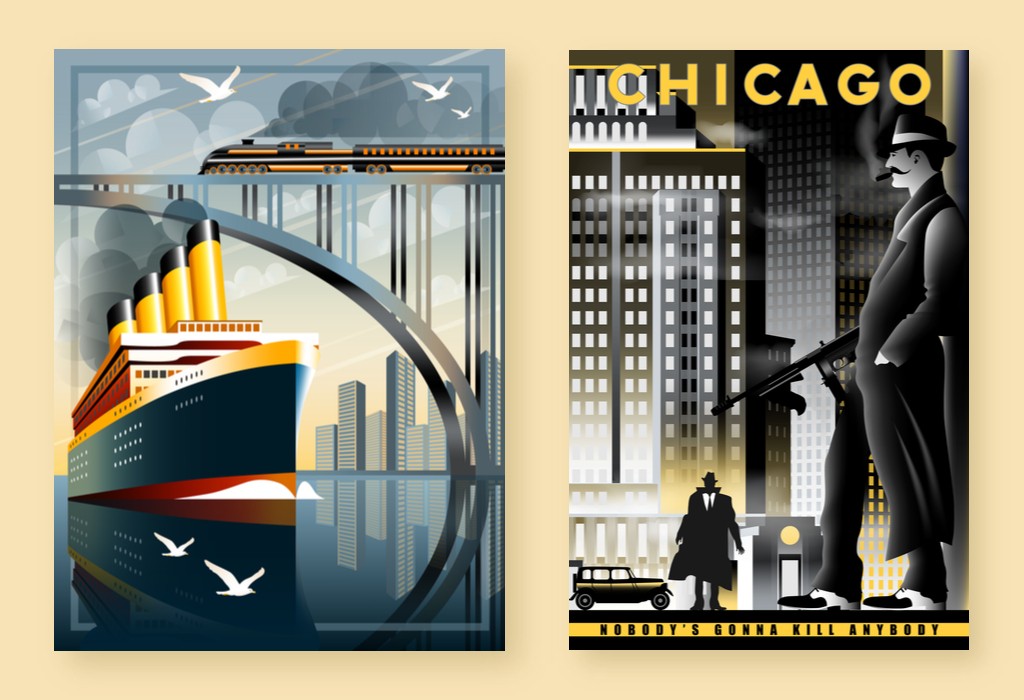
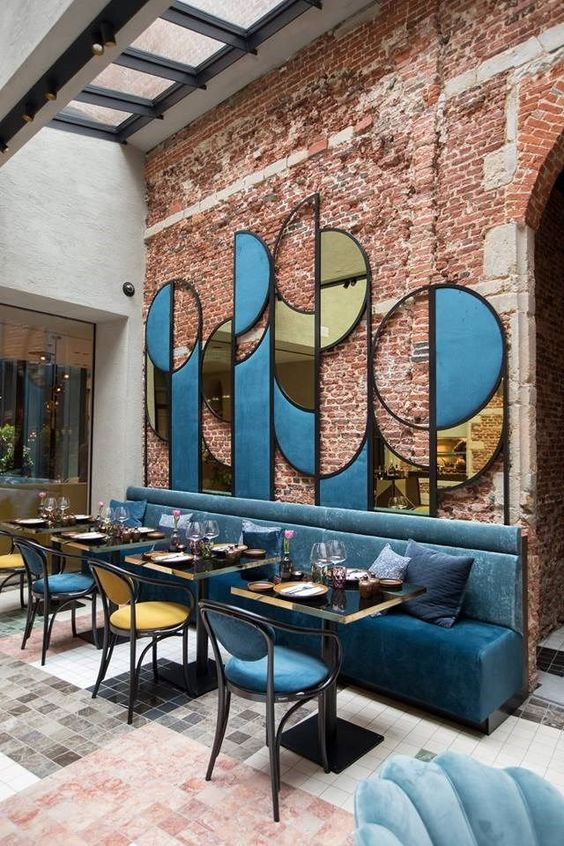
Material used
If the material is the factor that creates the aesthetic value of an architectural work, then with the Art Deco style, the selected material must show a strong and healthy beauty.
Materials used by Art Deco are mainly metal, glass, chromium, stainless steel, concrete, plywood, stone, mirror, furniture, marble, jade, etc. unique materials such as horse skin, shark skin, ivory.
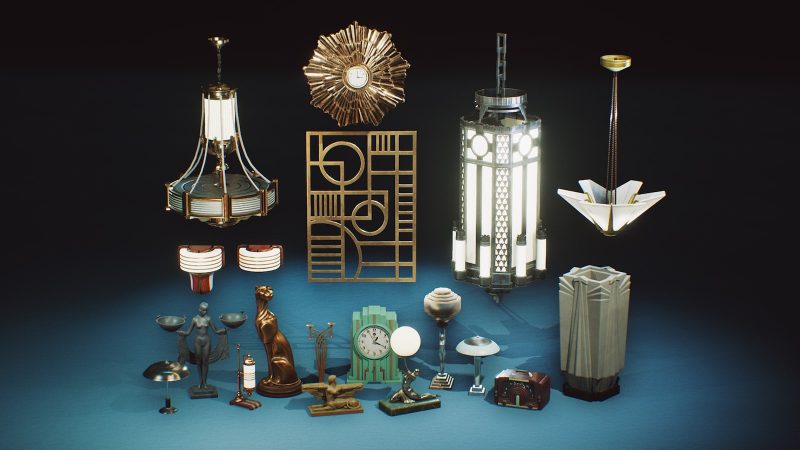
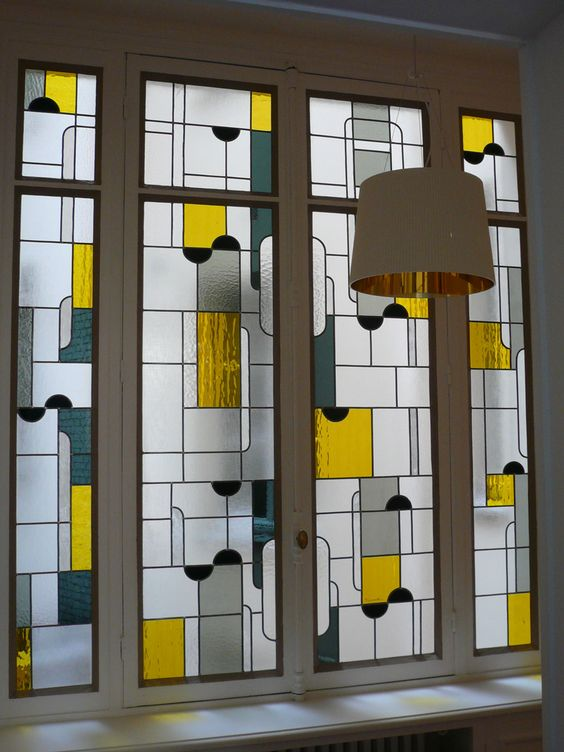
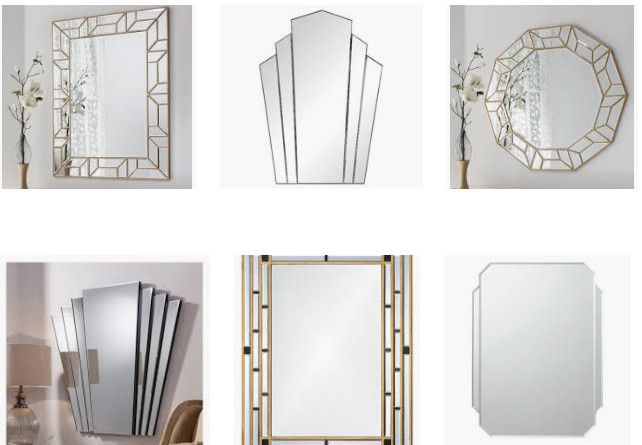
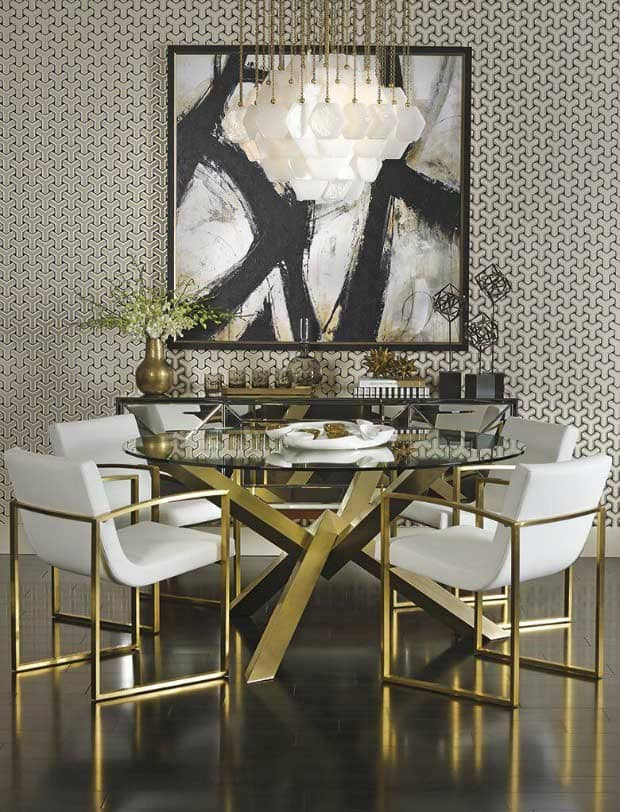
Ornament
Art Deco objects often take the form of simple or stylized geometry from representations such as flowers, animals, and rays of the sun. With each design will create new feelings in different ways.
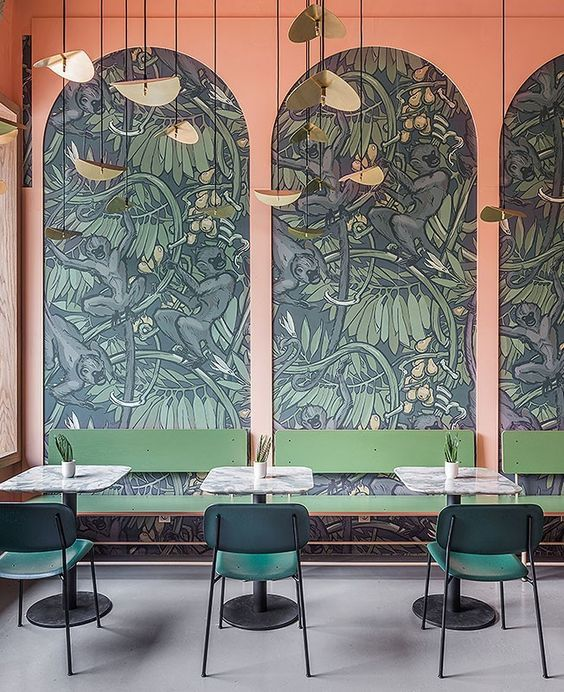
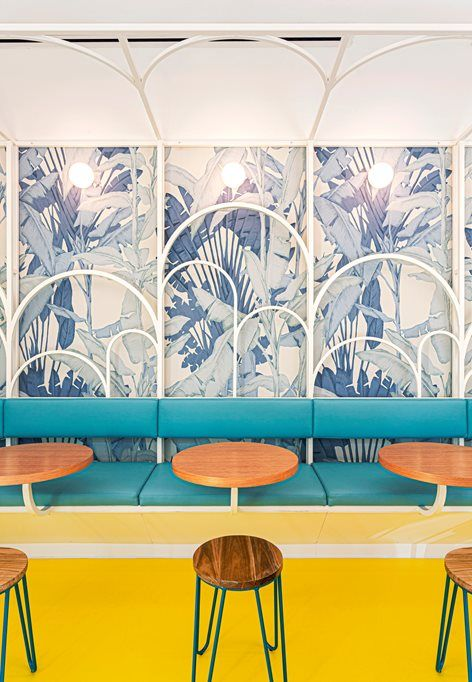
Art Deco and Art Nouveau
Art Deco is the successor to Art Nouveau, but in contrast to the curvaceous lines of plants, the soft curves of a girl, it exudes the bold strength of the shapes.
| Art Deco | Art Nouveau | |
| General look | These are all popular styles in Europe and the United States | |
| Distinctions | Born: 1920-1930Featured:
|
Born: 1890-1910Featured:
|
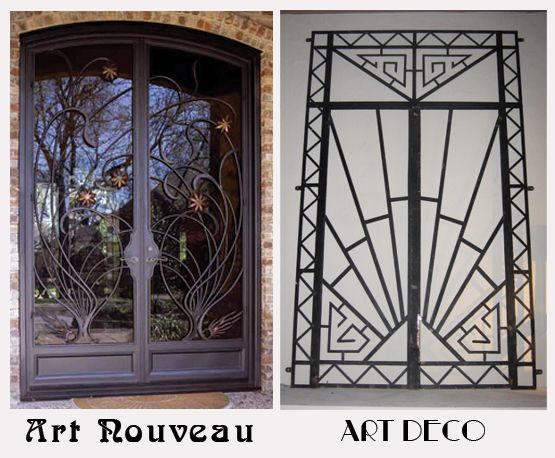
The application of Art Deco today
Art Deco in architectural design
The characteristic of Art Deco architecture is the use of simple shapes but creates an elaborate architecture that is meticulous to the smallest detail to exude the beauty of the times.
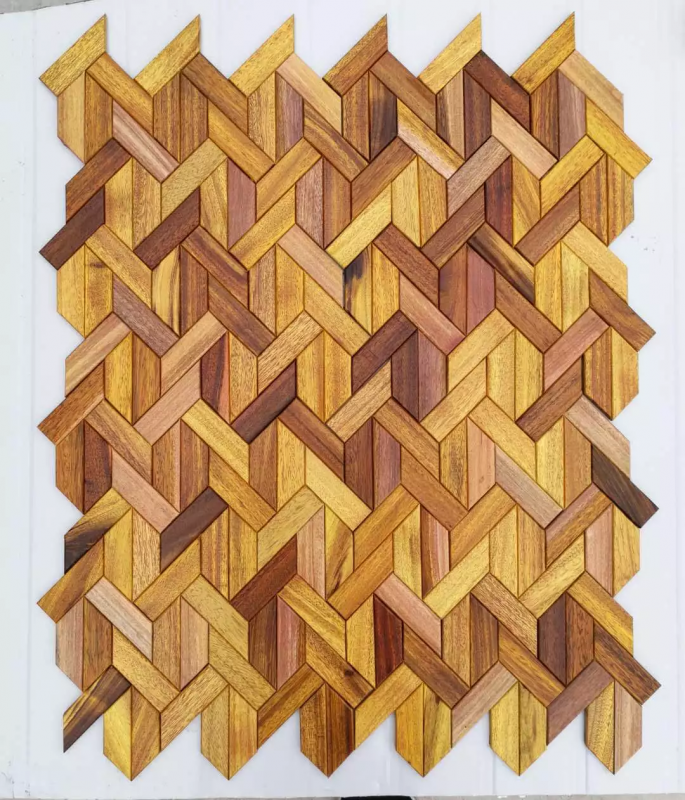

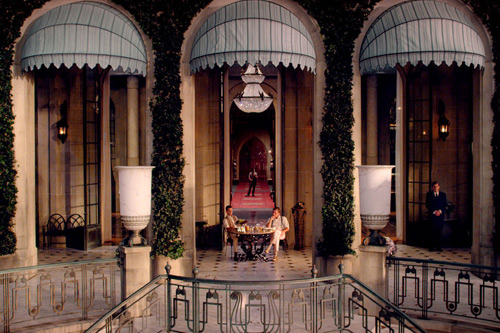
Art Deco in interior design
Because Art Deco carries the breath of sharp, angular shapes, the interior should not be too complicated. Art Deco interior design style is towards simplicity, elegance, but must be unique and modern.
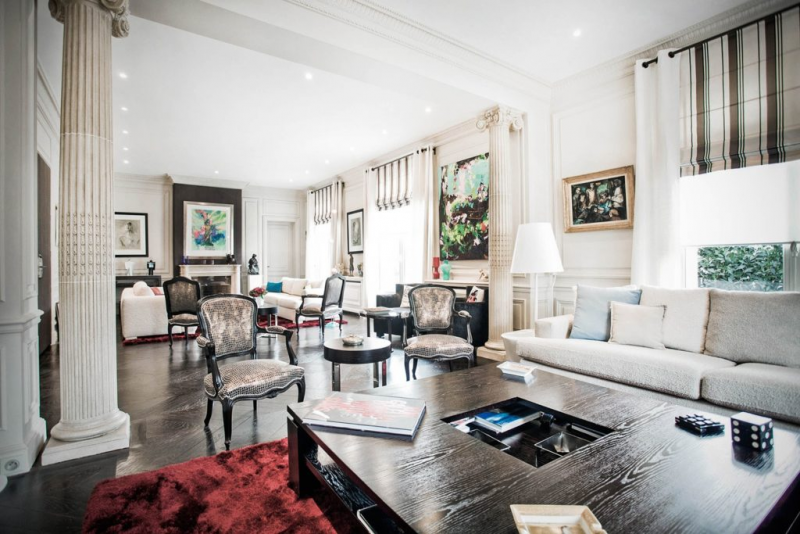
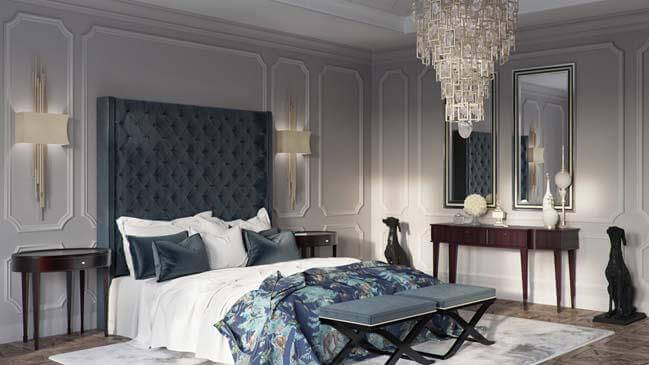
Art Deco in painting design
Artistic inspiration in Art Deco is a blend of classic and modern colors. These artworks, posters, invitations and even these art-style logos all receive a certain amount of love.

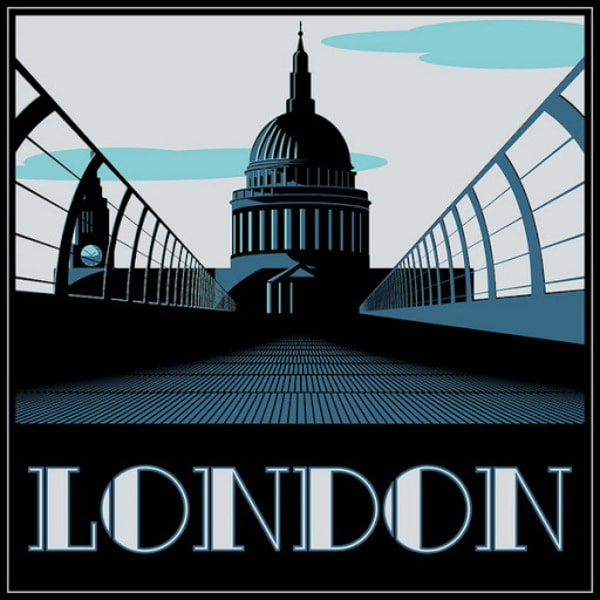
Art Deco in decorative arts
In the decorative arts, two types of patterns in Art Deco are Chevron patterns and Mosaic motifs, which appear popular with the task of decorating objects such as walls, carpets, tables and chairs, flowerpots, etc.
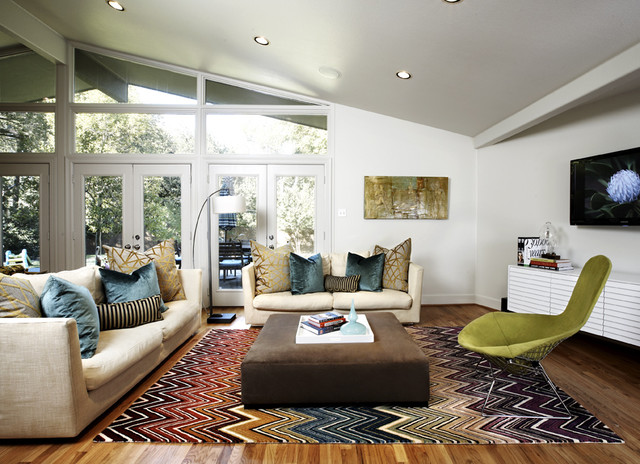
Mosaic art – a decorative art form that creates images from small pieces combined with the inherent characteristics of Art Deco to create impressive windows and doors.
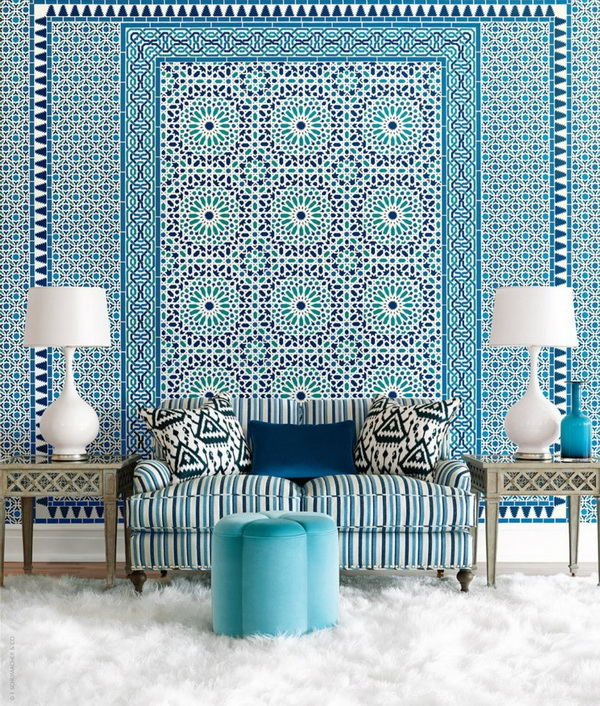
Famous works in Art Deco style
One of the famous works representing the Art Deco style is the Chrysler Building in New York City built in 1930 with the contact surface made entirely of stainless steel.
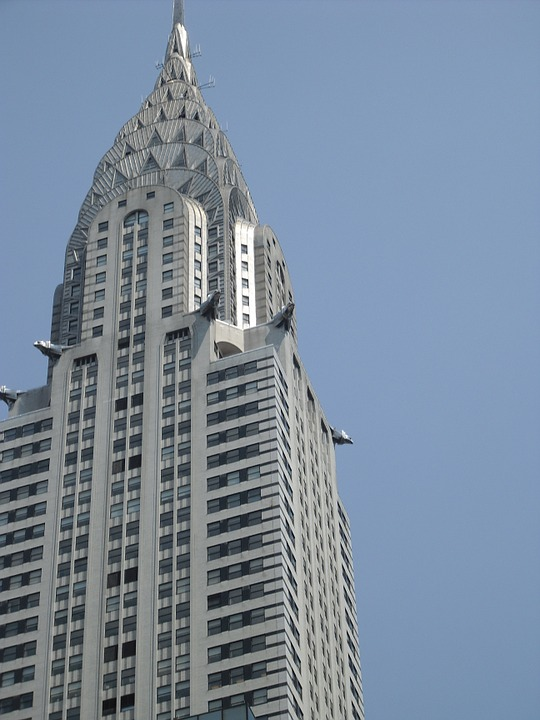
The American World’s Fair in Chicago (1933) highlighted Art Deco designs while Hollywood took its aesthetic and made it appealing around the country.
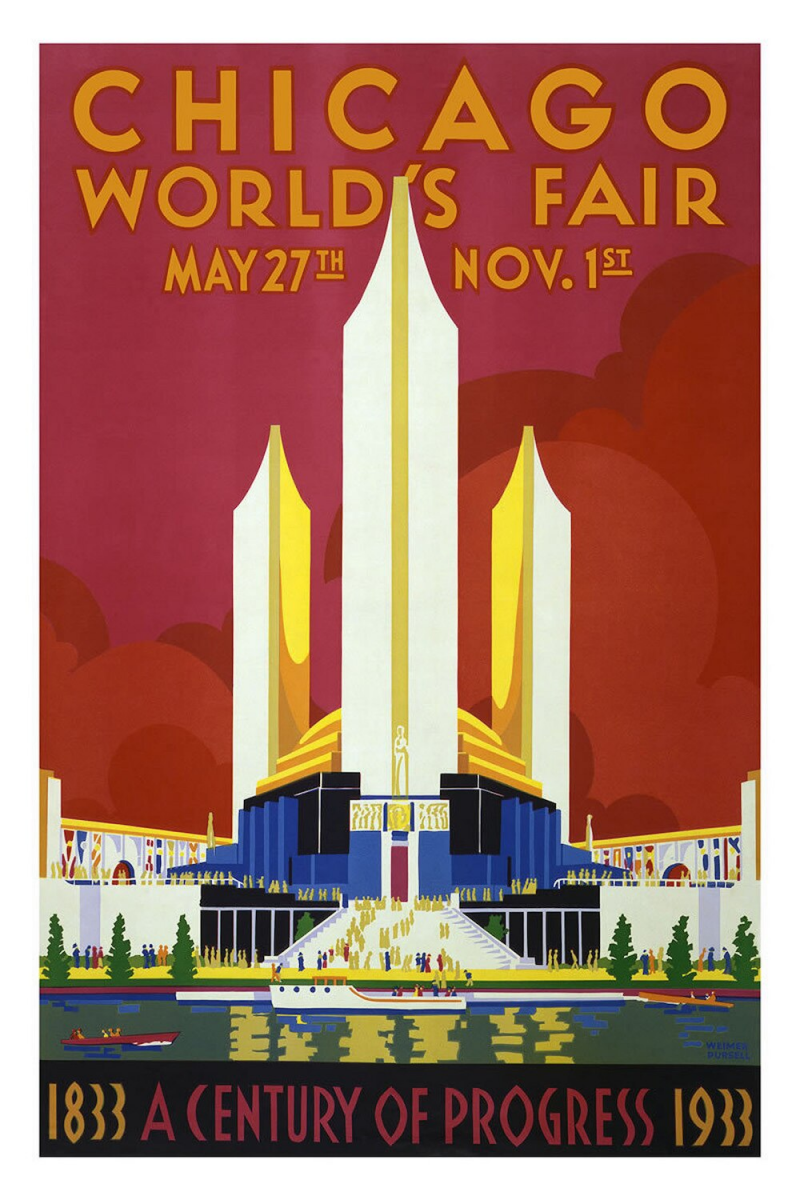
A typical work of Art Deco style, which is considered the heart of New York – the Empire State Building is designed in the shape of a giant pencil.
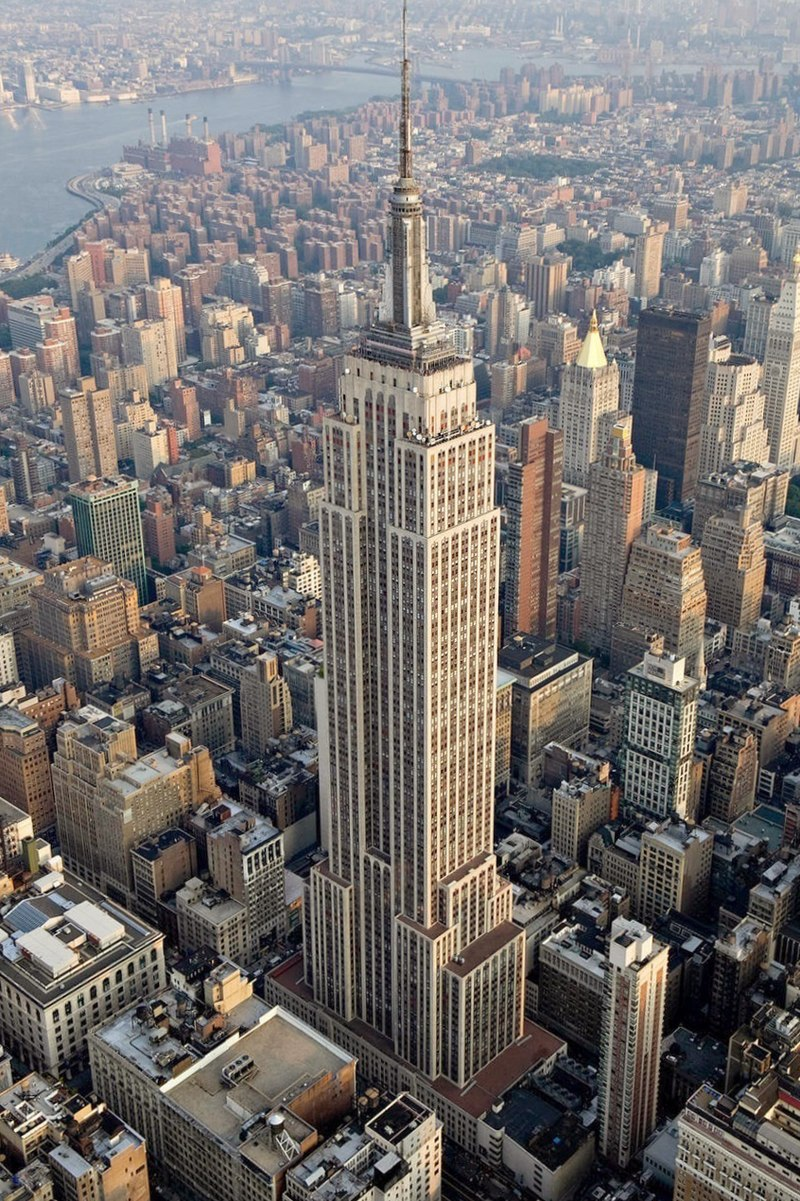
Built in 1936, the New India Assurance Building is a bold piece of architecture combined with distinctive Art Deco lines.

In Vietnam, some typical works with Art Deco architectural style such as:
Indochina Bank branch office, IDEO printing factory, International Post Office building,…
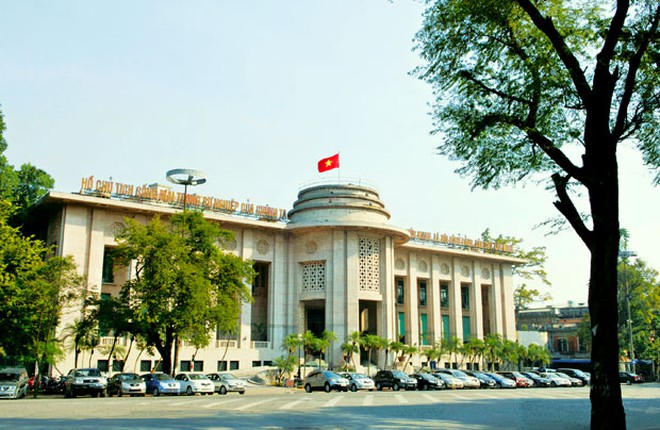

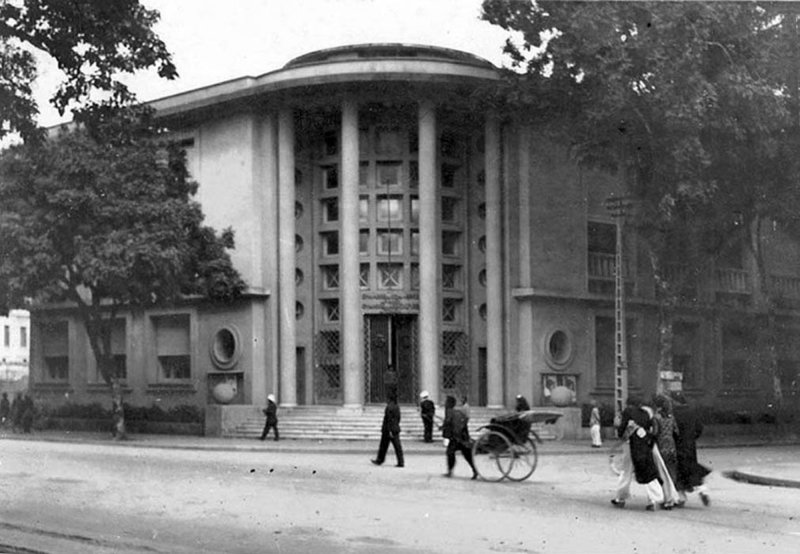
Ending
With the trend towards old values, Art Deco seems to be reborn and is more widely accepted. It can be seen that the Art Deco design style has been and will continue to bring people unique and captivating designs in its own way.

